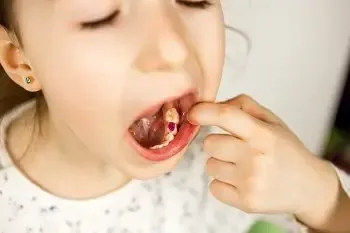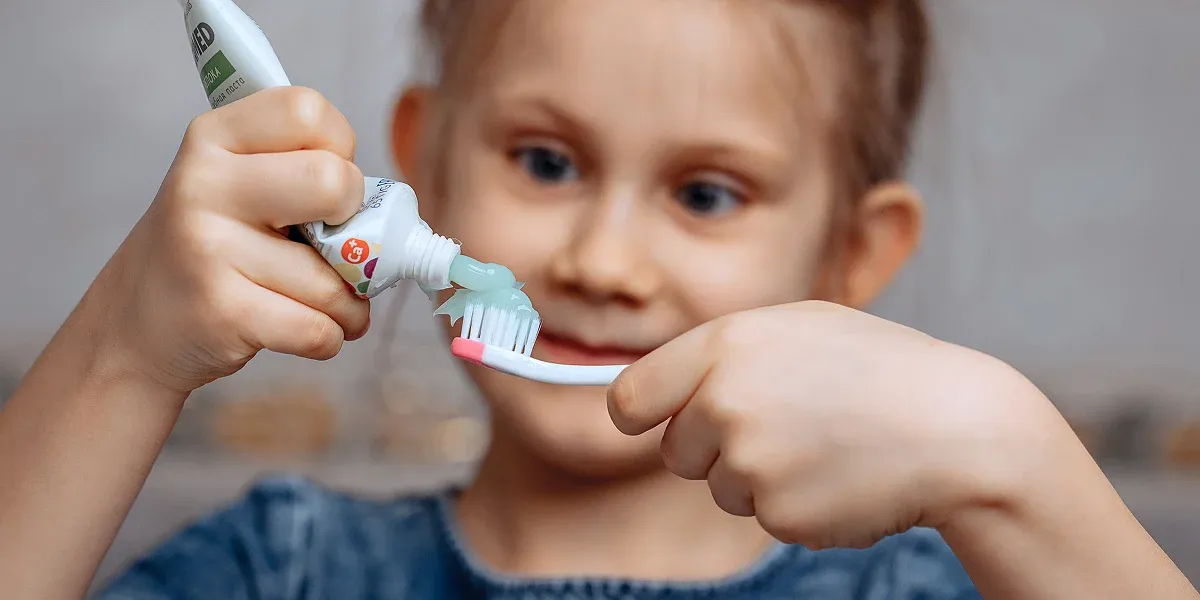
What to expect when you take your child for a dental filling procedure?
A dental filling is a treatment procedure for kids with one or more cavities. Fillers can be beneficial for both permanent and baby teeth. The dentist removes the tooth decay and then fills the hole with a white composite or metal material during the dental fillings procedure. Dental fillings are a composition of composite resin material.
A dental filling is usually of a color that matches a child's natural teeth, making the filling less prominent. Back teeth fillings are of more substantial and more complex metal materials that are more visible. Due to recent progress in dental care, new dental filling composites are more potent and can be as effective as less attractive-looking filling materials.
If your child needs teeth fillings, here's all you need to know:
- How are fillings inserted into a child's teeth?

Before filling any cavities, children can enjoy a couple of minutes to relax and prepare themselves to receive the filling. If this does not settle the child, try something more. The dentist may also suggest easing the child's fear through an oral sedative or laughing gas. However, they always use anesthesia to numb the tooth and surrounding area. After that, they can easily remove the tooth d having decay, and the dentist can proceed with the filling.
A unique blue light is placed on the tooth as soon as the filling is done in the desired shape, making it more challenging in seconds. Finally, if the child feels the tooth is not perfectly formed or has difficulty biting, a dentist can make further changes to the teeth.
- How to Get Your Child Ready for Dental Fillings?
Before the procedure, children generally receive a mild form of anesthesia. Individuals may experience less pain when getting a filling and during the fillers' treatment. However, they may feel unusual when water is sprayed inside their mouth and all over their teeth.
Overall, the treatment is simple and effective painless. Sensitivity takes around two weeks to fade, slowly reducing over time. You must go through everything we explained to prepare them for the process.
How to take care of filling after the treatment?
Sensitive teeth after the filling procedure and swelling in the treated area are both acceptable and usual in children of all ages; kids can cause more swelling by biting their tongue or lip before the anesthesia wears off. However, sensitivity and swelling should only last one to two days.
Continued swelling can be dangerous. Constant sensitivity may indicate that your child needs a bite correction. You must also stay vigilant for any allergic reaction to anesthesia. You should schedule a follow-up appointment with your pediatric dentist in either scenario.
The most excellent post-treatment care for your child is to:
- First, keep a close eye on any swelling or sensitivity that has persisted for more than two days.
- Restrict your child's diet to soft foods for one to two days until irritation and swelling reduce.
- Kids should avoid straws and pacifier cups for a few days because the sucking
- movement can extend sensitivity.
- Apply a cold pack to the sensitive spot for 15 minutes.
- Provide medications to children as directed.
- Avoid demanding activities on the day after and during the tooth filling.
- Consider seal treatment to prevent the necessity of other cavities and fillings.
Final Thoughts
Caring for a child with sensitive teeth during filling treatments can be challenging. Knowing what to expect during the treatment and monitoring the recovery period afterward makes the process go even more smoothly. More importantly, kids who enjoy regular dental appointments are more likely to maintain oral hygiene as adults.
Contact your dentist in Stockton, Sajjad Rizvi, DDS at Happy Kids Dental to know more about the dental filling procedure.
Resource:
Composite Fillings Vs Amalgams
This media/content or any other on this website does not prescribe, recommend, or prevent any treatment or procedure. Therefore, we highly recommend that you get the advice of a qualified dentist or other medical practitioners regarding your specific dental condition
Subscribe To Our Newsletter
Get Updates And Learn From The Best


